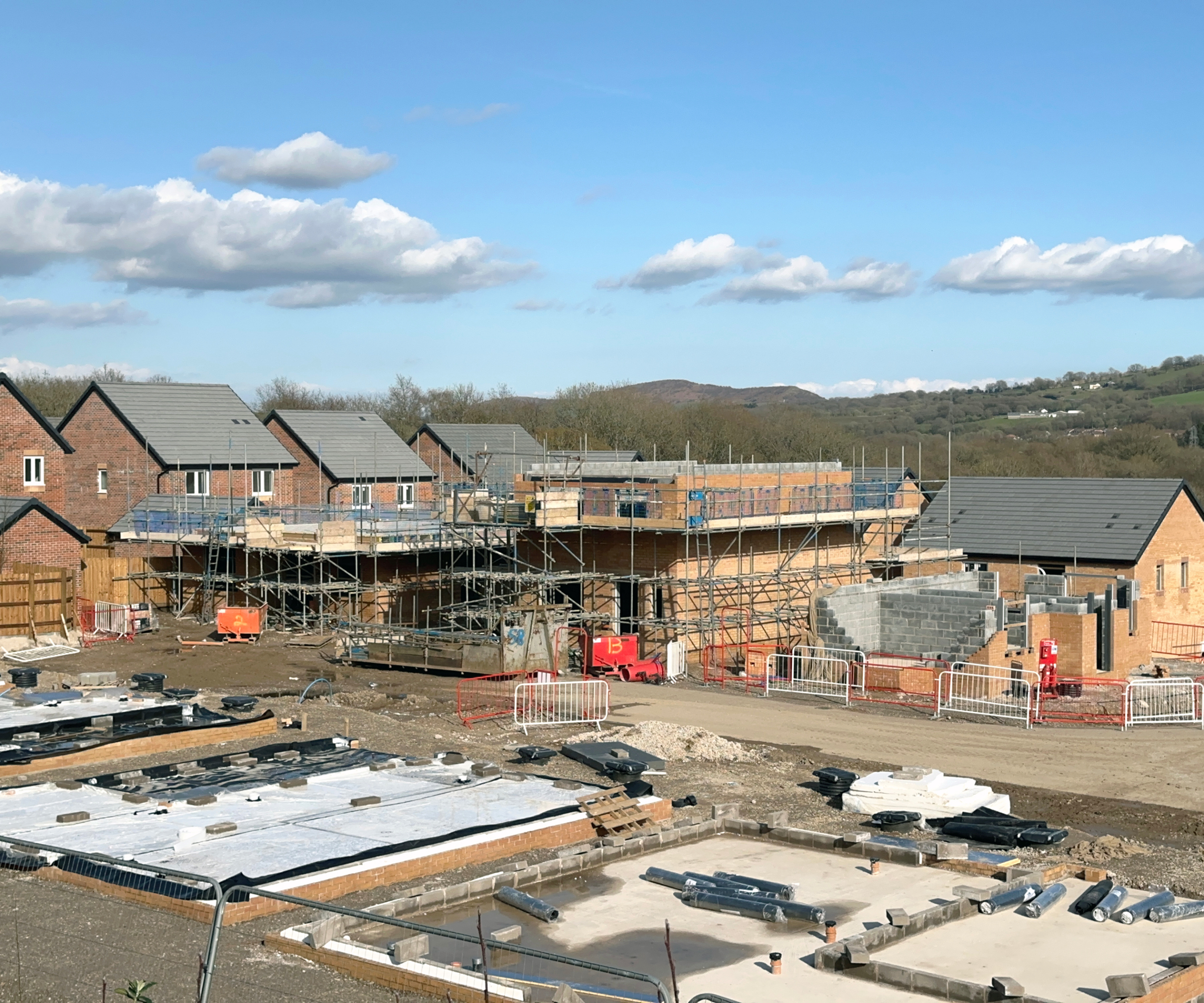Calls to scrap Section 106 intensify amid affordable housing crisis
Industry leaders and self-builders unite in growing calls to scrap Section 106 payments, blaming them for stalling thousands of affordable homes and threatening small-scale housing delivery

Industry leaders and self-builders are calling for Section 106 payments to be scrapped, blaming them for delaying thousands of affordable homes across England and Wales.
Over 17,000 homes are currently stalled because housing associations lack the funds to buy these properties from developers.
While the government has introduced a clearing service to help unblock this bottleneck, experts say more fundamental reforms are urgently needed.
Section 106: A system under strain
Section 106 agreements require developers to contribute to local infrastructure and affordable housing as part of planning permissions.
However, recent reports indicate that 17,400 affordable homes in England and Wales are stalled because housing associations lack the financial capacity to purchase them.
This bottleneck has prompted the Home Builders Federation to urge the government to allow housing associations to use state grants to buy Section 106 homes, rather than relying solely on their own funds.
Jennie Daly, CEO of Taylor Wimpey, highlighted the issue: “Housing associations are facing considerable financial difficulties, making it challenging for developers to sell affordable homes they are required to build under legal agreements.”
Bring your dream home to life with expert advice, how to guides and design inspiration. Sign up for our newsletter and get two free tickets to a Homebuilding & Renovating Show near you.
The financial strain on housing associations is attributed to increased spending on safety enhancements, addressing damp and mould issues, and enhancing the efficiency of their current housing stock.
Section 106 exemptions for self-builders are not being followed
Section 106 requirements do not only impact large scale homebuilders but self-builders are impacted too.
In 2014, the UK government introduced an exemption from section 106 contributions for small-scale developments, including most self-build projects.
This policy aimed to alleviate the financial burden on individuals building their own homes, recognising that such contributions could be disproportionate for single dwellings.
Despite this, the application of Section 106 exemptions has varied across local authorities. Some councils have continued to impose Section 106 charges on self-build projects, leading to inconsistencies and confusion among self-builders.
For instance, the Self Build Portal notes that while many self-builders can claim an exemption, developments over 1,000 sqm or those in certain areas may still be liable for Section 106 contributions, which leads to significant delays.
Developers sound the alarm

Developers across England are reporting significant challenges in finding buyers for affordable homes.
A survey by Knight Frank revealed that nearly 80% of developers struggle to find buyers for Section 106 affordable homes, with over 40% unable to find a single Registered Provider (RP) buyer.
Sean Ellis, Managing Director of Fernham Homes, shared his experience: “It’s every site at the moment. This is one of the most critical issues we face.”
The inability to secure buyers for affordable units is leading to delays in housing projects. Developers often rely on the sale of affordable homes to housing associations to fund the construction of new developments. Without these sales, projects are stalled, impacting the overall housing supply.
David O’Leary, Executive Director at the Home Builders Federation, emphasised the broader implications: “The dearth of interested parties means that smaller sites are not starting at all and delivery on larger sites is slowing or stopping.”
Policy reforms on the horizon
In response to the growing concerns, the government has introduced a clearing service by Homes England to connect developers with unsold affordable homes to registered providers and local authorities, facilitating the completion of these projects.
However, industry experts argue that more comprehensive reforms are necessary. The British Property Federation has urged the government to abandon proposals for a new infrastructure levy and instead focus on improving the existing Community Infrastructure Levy and Section 106 systems, or removing them altogether.
They argue that introducing a new levy could create additional complexities and uncertainties in the planning process.
As the debate continues, the government's recent actions indicate a willingness to introduce planning reforms to better meet the country's housing needs. The success of these initiatives will depend on effective collaboration between developers, housing associations and local authorities.

News Editor Joseph has previously written for Today’s Media and Chambers & Partners, focusing on news for conveyancers and industry professionals. Joseph has just started his own self build project, building his own home on his family’s farm with planning permission for a timber frame, three-bedroom house in a one-acre field. The foundation work has already begun and he hopes to have the home built in the next year. Prior to this he renovated his family's home as well as doing several DIY projects, including installing a shower, building sheds, and livestock fences and shelters for the farm’s animals. Outside of homebuilding, Joseph loves rugby and has written for Rugby World, the world’s largest rugby magazine.
